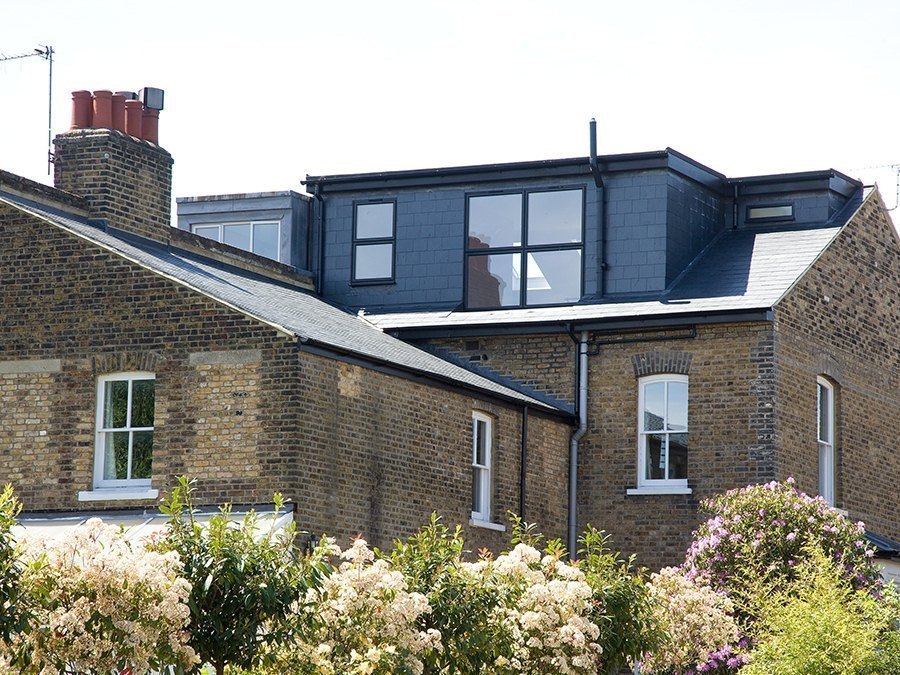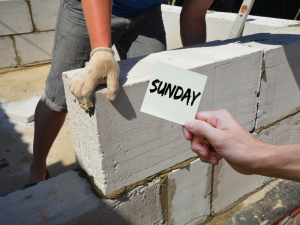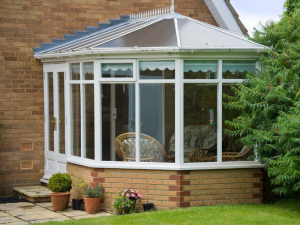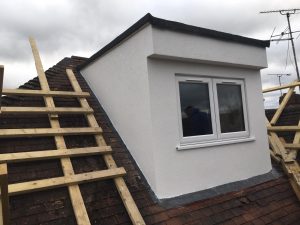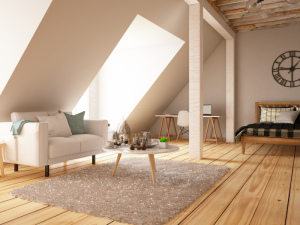You might be sitting on your home’s biggest asset — and it’s right above your head.
A loft conversion doesn’t just give you more space. It can bump up your property value, attract better offers when you sell, and make your home work harder for you in the meantime.
Table of Contents
ToggleWhy Loft Conversions Add So Much Value
It’s simple. More usable space means a more valuable home.
Most buyers start with the basics: number of bedrooms, number of bathrooms, overall size. So when you convert your loft into a real, usable room — especially with an en-suite — you’re ticking boxes that most people care about.
Estate agents often say a proper loft conversion can boost a home’s value by up to 20%. In areas where space is tight (like London and the South East), it can be even more.
But that doesn’t mean you need a giant loft or a massive budget. Even a small, well-designed conversion can make a big difference — both in value and in how the home feels day to day.
Add a Bedroom, Add a Sale
The jump from two to three bedrooms or from three to four can be huge when it comes to price brackets.
Let’s say you’ve got a three-bed semi. Turn your loft into a fourth bedroom with an en-suite, and suddenly you’re in a whole new market. Bigger families, work-from-home buyers, and long-term investors all start paying attention.
And if your home is in a school catchment area? Even better. Parents always want extra space for kids, toys, guests, or study zones.
It’s More Affordable Than Moving
Think about the cost of upsizing.
Stamp duty, legal fees, estate agents, moving vans — it adds up fast. And then there’s the hassle of finding the right house, in the right place, at the right time.
A loft conversion skips all that. You stay where you are and add what you need — space, function, value — without starting over.
Better Use of What You Already Have
Most lofts are just empty storage. Boxes of junk. Old clothes. Christmas lights.
And that’s fine — but it’s also a waste. You’ve already paid for that space when you bought the house. Why not make it work harder?
Turning it into a proper room makes your home more useful and more attractive to buyers who want flexible living. Especially now more people work from home or need extra space for family.
Different Types of Conversions, Different Returns
Not all loft conversions are equal — and not all will add the same amount of value. Here’s a quick look at what each type can offer:
Rooflight Conversion
- Cheapest option
- Keeps roof shape, just adds windows and insulation
- Still adds value, but less than other types
- Great if budget is tight or planning permission is tricky
Dormer Conversion
- Adds floor space and headroom
- Ideal for bigger bedrooms or adding a bathroom
- One of the most popular types — good value boost for the cost
Hip-to-Gable Conversion
- Extends the side of the roof
- Best for end-of-terrace or semi-detached homes
- Adds more usable space and often works well with a dormer
Mansard Conversion
- Changes the whole roof shape
- Most expensive, but adds the most space
- Looks like a natural part of the house
- Highest return — often feels like a full extra storey
The more space you gain — and the more practical that space is — the more buyers will be willing to pay.
What About the Cost?
On average, a loft conversion in the UK costs between £30,000 and £60,000, depending on the type and size. But when you look at the added value, it often makes financial sense.
Let’s say your home is worth £350,000. A 15% rise puts it at £402,500. That’s a £52,500 boost. Now imagine you spent £45,000 on the conversion. You’ve already come out ahead — and you got a new room in the process.
If the market goes up, that value goes even further. And you get to enjoy the space in the meantime.
Things That Increase the Value Even More
Not all loft conversions are done well. To really get the value boost, you’ll want:
- Proper head height – Low ceilings put buyers off
- Natural light – Rooflights, windows, or even Juliet balconies
- Good insulation – Warm in winter, cool in summer
- An en-suite – Adds major value and function
- Storage – Use eaves wisely
- A proper staircase – Buyers hate ladders or awkward access
- Finish to match – Make sure it blends with the rest of the house
You also need to get it signed off with building control. No paperwork = no value on paper. A good builder will handle all that for you.
Selling Sooner? Here’s What Buyers Look For
If you’re thinking of selling in the next few years, a loft conversion can make your home more appealing — but only if it feels like part of the house.
Buyers want:
- Extra bedrooms
- Natural light
- No weird layouts
- Proper ventilation
- Full paperwork
They don’t want:
- Sloping ceilings they can’t stand under
- Boxy spaces with no daylight
- Cold or noisy rooms
- Shoddy finishes
In short, if it’s done right, it sells itself.
FAQs
Q: Will a loft conversion always add value?
A: In most cases, yes — especially if it adds a bedroom or bathroom. But it depends on your area, your home’s layout, and the quality of the work.
Q: How much value can it add?
A: Up to 20%, sometimes more in high-demand areas.
Q: Do I need planning permission?
A: Often not — many loft conversions fall under permitted development. But check first.
Q: Can I add an en-suite to my loft?
A: Yes, as long as there’s room for plumbing and head height. It’s a great way to boost value.
Q: How long does it take?
A: Around 6–10 weeks on average, depending on the size and type.
A Smart Move
Adding value to your home doesn’t always mean building out. Sometimes, it just means looking up.
Your loft could be the smartest move you make — giving you more space now, and a better price when you sell.
And the best part? You get to enjoy it long before you cash in.

